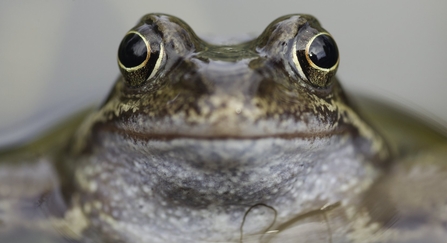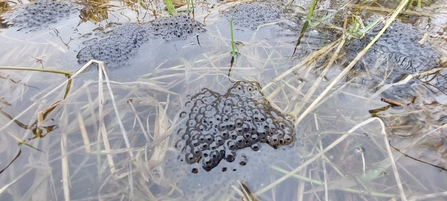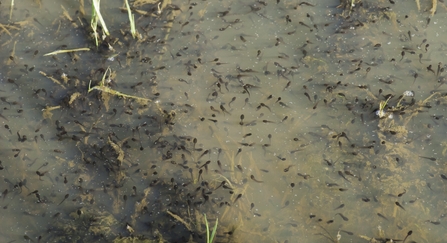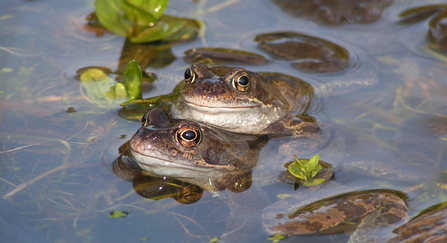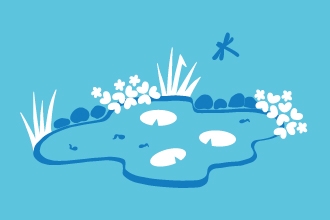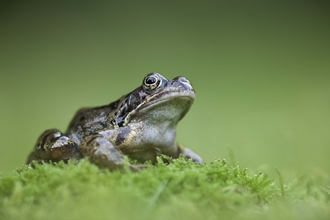The common frog is a regular visitor to garden ponds across the country. In winter, they hibernate in pond mud or under log piles and in spring, they lay their eggs in big 'rafts' of spawn.
The life cycle of a frog is an extraordinary experience; they undergo an astonishing transformation, known as 'metamorphosis', as they grow from frogspawn to adult frogs.
This arrival of frogspawn is a classic sign that spring is on it’s way, so let’s explore the life cycle of a frog!


